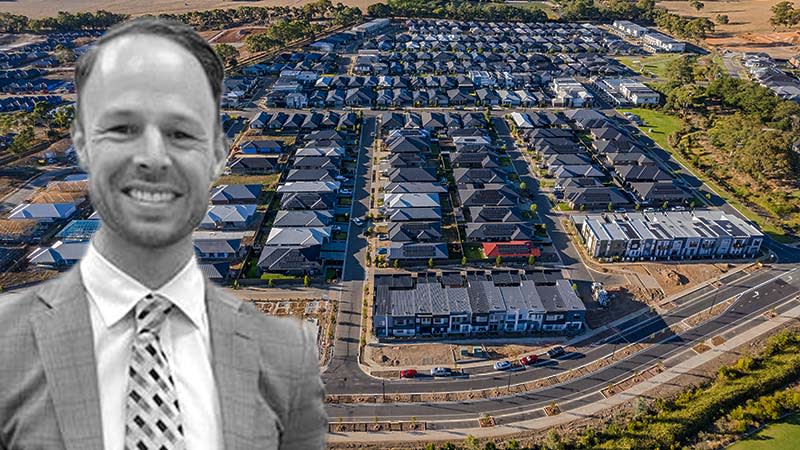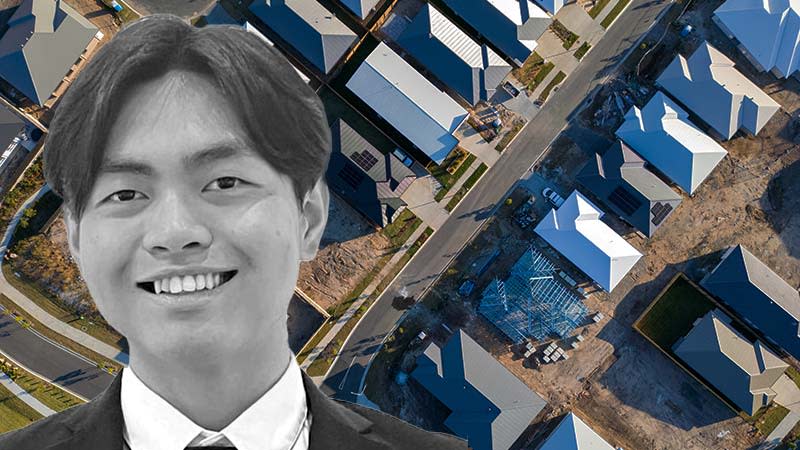Resources
Newsletter
Stay up to date and with the latest news, projects, deals and features.
Subscribe
Apartment development in Australia has plunged to its lowest level in 12 years—a decline that threatens government housing targets.
And while national new home sales declined by 10.1 per cent in November 2024, the broader market shows resilience with an 8.2 per cent increase in total sales for the year, according to the latest Housing Industry Australia (HIA) report.
HIA senior economist Matt King said that positive indicators in detached housing and high overseas migration were obscuring serious problems in apartment development.
King told The Urban Developer the multi-unit sector required urgent attention to meet government housing targets.
“A significant pick-up in multi-unit commencements is urgently required to meet the demands from a record intake of overseas migrants,” King said.
“Unit starts need to double from current levels to contribute adequately to the government’s target of 240,000 homes annually over five years.”
The June quarter 2024 had just 14,090 multi-unit commencements, a 7.8 per cent decrease from the previous quarter and the second weakest quarter in 12 years.
HIA forecasts suggest apartment starts will reach 62,190 for 2024, the lowest figure since 2011, although projections indicate an 11.5 per cent rise to 69,360 in 2025 and a 20.9 per cent increase to 83,870 in 2026.
But there are positive signs in the detached housing market.

Australia’s new home sales data revealed a tale of two markets in November, with just one state posting positive monthly growth as national figures tumbled.
South Australia recorded a 31.8 per cent increase in sales for the quarter ending November, while Victoria had a 17.5 per cent decline.
Queensland recorded a 16.8 per cent monthly decrease, though its quarterly figures remain 19.7 per cent higher than the previous year.
Western Australia had a 3.9 per cent decline for the period with quarterly figures down 29.1 per cent year-on-year.
Developers face significant hurdles. Research by the Centre for International Economics and NSW Productivity Commission indicates that typical mid-rise apartment delivery costs in Sydney ($905,000) now exceed market prices ($885,000).
“This suggests that the average midrise apartment is not currently feasible to develop,” the report said.
The apartment sector faces multiple constraints, including extended construction timeframes, skilled labour shortages, and escalating delivery costs, the report said.

These challenges are particularly evident in NSW and Victoria, where multi-unit starts have deteriorated significantly, while Queensland maintains levels below pre-pandemic apartment boom figures.
Population movements are reshaping the market. NSW continues losing population to Queensland and WA at above pre-pandemic rates. Victoria now has minimal net interstate arrivals, down from previous positive flows.
Market analysts have noted a significant shift in buyer behaviour amid housing shortages.
HIA economist Maurice Tapang said buyers were increasingly turning to the new home market due to inadequate availability of established homes for buy and rent.
This trend, coupled with stabilising construction costs and sustained population growth across key regions, suggests Australia’s new home sector may be positioned for continued growth through 2025.
“All indicators show an improvement in market confidence through the course of 2024. It is now more than 12 months since the last rate rise and leading indicators of building activity, including new home sales, suggest a modest improvement in the volume of new homes commencing construction is likely to emerge in 2025,” Tapang said.